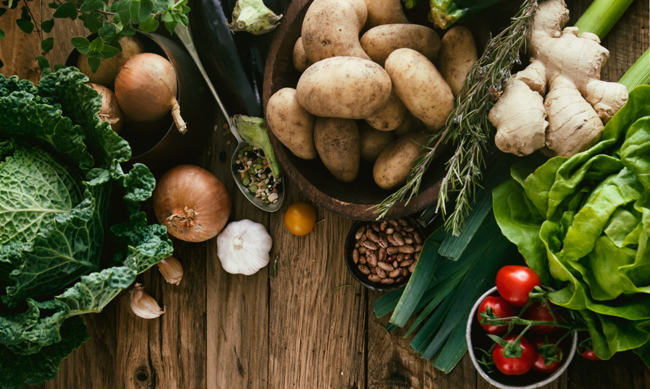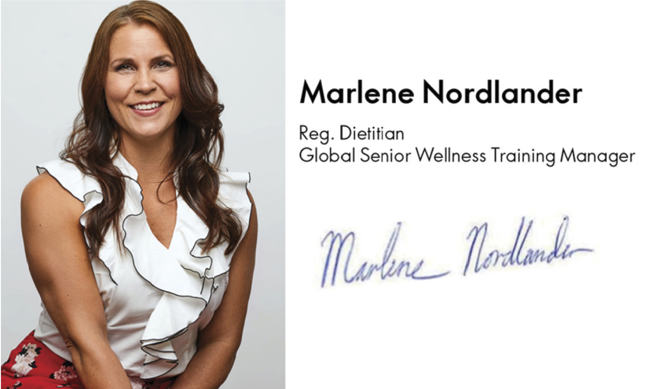For decades the meat consumption in the world has increased. Between 1961 and 2011 the meat consumption nearly doubled (National Geographics. 2011). Meat requires enormous amounts of energy and water to produce and is therefore very “inefficient” food.
According to the 2019 EAT-Lancet commission on healthy diets from sustainable food systems, a global shift toward more plant-based foods including legumes, wholegrains, fruits, vegetables, nuts and seeds and less animal-based foods, especially red meat and processed meat, will help feed the world’s growing population a nutritious and sustainable diet. Eliminating or limiting the amount of refined grains and added sugars is also a smart thing to do.
On the 22nd of April we celebrate World Earth Day. There are numerous things you can do for a healthier you and a healthier planet, such as:
• Reduce meat consumption
• Avoid highly processed foods
• Choose nutritious foods
• Avoid overeating
• Eat seasonally
• Reduce food waste
• Drink tap water
• Limit shopping trips
Let us dive into the different actions!
Reduce meat consumption
Food production is responsible for one-quarter of the world’s greenhouse gas emissions. Meat is a good source of protein. However, research consistently shows that animal foods, especially red meat, such as beef, has a larger carbon and water footprint than plant foods (Poore et al. 2018). If you think of it, we grow plants to feed to animals. Here it would be more efficient to eat the plants ourselves from the beginning than to have a middleman (animals) in between.
In short, eat more plant-based protein such as legumes, nuts and seeds. It can also decrease your food costs overtime.
Table 1. Greenhouse gas emissions/kg food product (kg CO2e/kg product)
| Food | CO2e |
| Beef | 60 (beef herd) 24 (dairy herd) |
| Lamb&Mutton | 24 |
| Poultry | 6 |
| Fish | 5 (farmed) 3(wild catch) |
| Cheese | 21 |
| Egg | 4,5 |
| Cow milk | 3 |
| Soy drink | 0,9 |
| Pea | 0,9 |
| Apple | 0,4 |
| Root vegetables | 0,4 |
Avoid highly processed food
A food product that has been through many manufacturing steps with many ingredients from all parts of the world, have a higher carbon footprint than a whole food. Usually, ultra-processed food contains a lot of unnecessary bulking agents that don’t have any nutritional benefits, and are often high in unhealthy fats, added sugar and salt. Not just bad for the planet but also for your body in the long term.
In short, avoid highly processed food in favour of whole foods.
Choose nutritious food
When choosing groceries, pick whole foods. Stack up on wholegrains, vegetables, fruits, berries, legumes, nuts, and seeds.
If you choose ‘empty calories’, meaning foods high in calories but without healthy nutrients, such as soda, chips, candy and pastries, you actually squander resources that could have been used to produce foods that nourish the body instead. Of course, you can eat these types of food occasionally but not on a daily basis if you want to take care of yourself and the nature that surrounds you.
Avoid overeating
You might have thought of not eating too much from a body weight perspective, but have you ever considered that food consumed in excess is not only extra calories but also wasted resources?
To give an example, the world population consumed on average 2200 kcal in 1961. In 2011 the average daily calorie intake had increased to 2900 kcal – 700 kcal more! (National Geographics, 2011). Producing food that we don’t actually need from a survival and health perspective, is to waste the resources of the Earth.
When you are extremely hungry you will probably put too much on your plate. That’s why it could be a good idea to fit in a smaller healthy snack high in protein and dietary fibre, in between main meals. Because that can make it easier to downsize the portion sizes of your lunch and dinner. Ending up in less food and calories consumed in total.
A healthy snack can also help you not crave more unhealthy snacks such as a chocolate bar or pastries. Try instead to choose snacks from more sustainable sources such as healthy vegetarian or vegan options.
And here as well you can cut down on your food cost overtime when not eating food that you don’t need.
Eat seasonally
Seasonal food is often fresher, tastier and more nutritious than food consumed out of season. It’s also more sustainable to eat locally produced food that are in season since it doesn’t require long distance transport. It also keeps your money in the community in which you live and fosters a healthy environment of diversity.
Preserved foods such as dried or frozen food, are more sustainable options during the off season, compared to produce that is grown in heated greenhouses or shipped in from faraway places (air transport is the worst).
Taking care of our health as well as of the condition of the Earth is something what we can and should do everyday. Even small changes make a difference, so do not hesitate more, and put the tips above into effect. Eager for more? Do not miss the next Beauty Edit “Wellness loves sustainability part 2”!
References
- National Geographics. Future of Food-series. What the world Eats. https://www.nationalgeographic.com/what-the-world-eats/. 2011
- Willet W et.al. Food in the Anthropocene: the EAT–Lancet Commission on healthy diets from sustainable food systems. The Lancet. 2019
- Poore J, Nemecek T. Reducing food’s environmental impacts through producers and consumers. Science. 2018
- The State of the World. The state of Food and Agriculture. Food and Agriculture Organization of the United Nations. 2019







